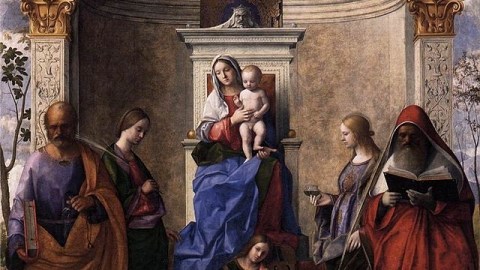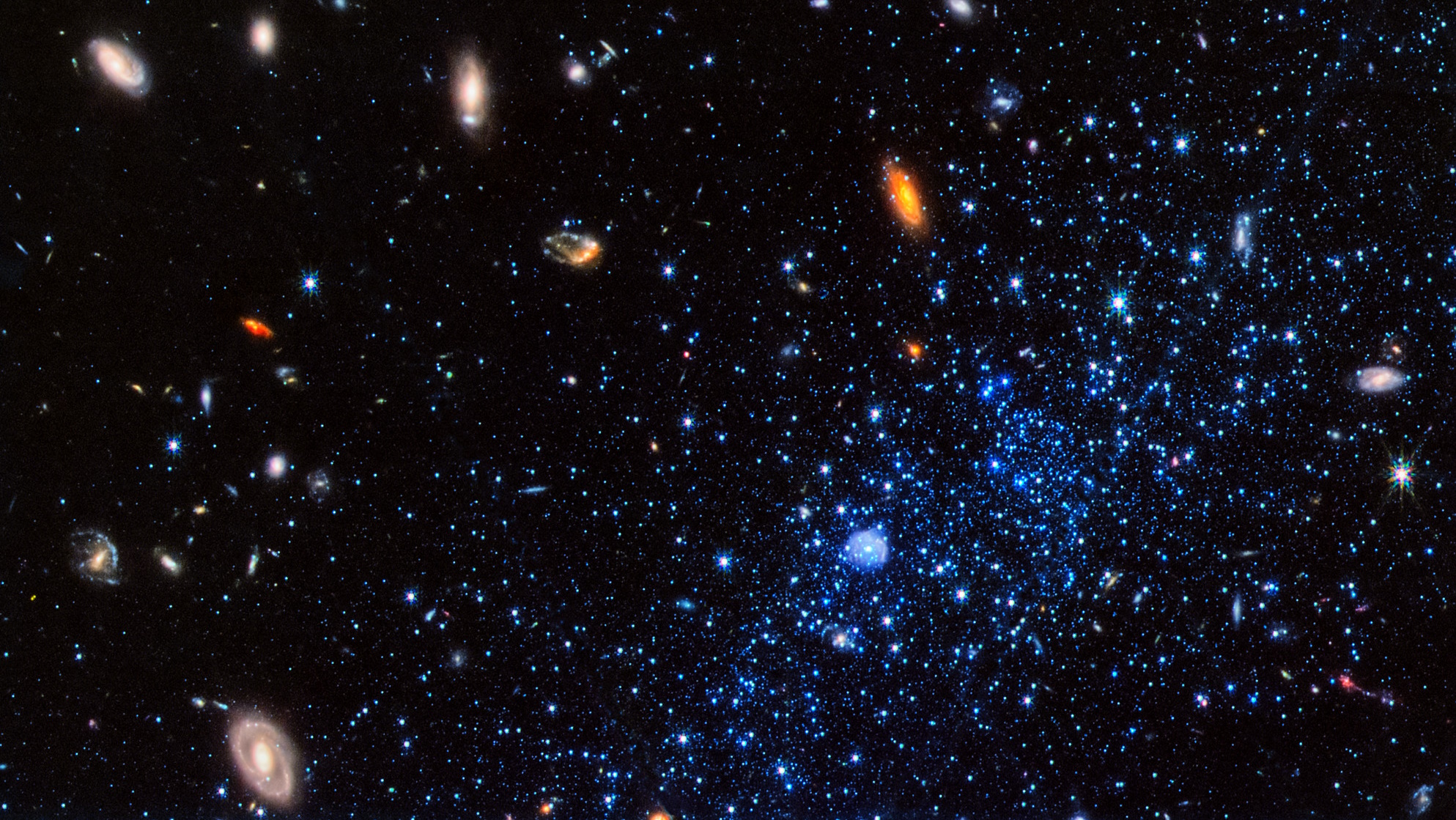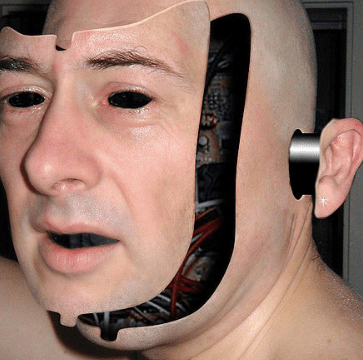Does Art Need Religion?

Everyone knows there are two things you never bring up in conversation—politics and religion. In this secular age chock full of wars fought over one faith or another, many never want to hear about the role of religion in the world, unable to see any good within all that bad. But if you turn the conversation towards the safer topic of the arts, quite often you’ll hear someone long for the good old days, when great artists made great art rather than the poor efforts of contemporary art’s lesser talents. Is it possible that such Old Masters as Michelangelo were great because they lived in more religious times? Is the connection between great art and religious influence a correlation or just coincidence? Does art need religion?
I recently read for the first time pioneering psychoanalyst Otto Rank’s 1932 book Art and Artist. Once one of Sigmund Freud’s star pupils and later closest colleagues, Rank (like another favored Freud disciple, Carl Jung) came to see Freud’s system’s fixation on sex as the central motivating drive as limited and broke ranks with the orthodox Freudians. Rank came to identify an individual’s drive for immortality as the key to understanding the human psyche. We all want to cheat death in some way in Rank’s system, whether it be by having children, performing a memorable, maybe even heroic act, or creating something that will last, perhaps in the role of an artist. (Ernest Becker’s 1974 book The Denial of Death more fully and elegantly explains Rank’s ideas [and inspired me to find Rank’s writings].)
In Art and Artist, Rank sees a tension between religion, which is “collective” and, thus, an immortalizing force for groups rather than individuals, and individual artists who long for individual immortality but need to find that immortality by reaching the collective energy found in religion. In other words, an individual artist needs community to reach his goal of being remembered, but to make that community the artist needs a collecting force such as religion, which can drown out his individual immortality so as to continue the immortality or continuation of the religion itself. Although religion and art seem to be at cross-purposes, they can reach a kind of détente because religion needs artists “in order to make concrete its abstract notion of the soul.” Thus, a Michelangelo finds personal immortality on the ceiling of the Sistine Chapel and the Catholic Church maintains its influence with one more visual blockbuster for the collective masses—a win-win for art, artist, and religion. Even Giovanni Bellini, himself a great artist but tier below Michelangelo, found a form of individual immortality in The San Zaccaria Altarpiece (shown above) by taking the stock characters of the infant Christ story and giving them an individuality and life reflecting his passionately own.
Rank goes on to argue that “[t]his fact may perhaps explain why the present age, with its strong individualism, has failed to produce any great art like other periods marked by strong personality and consequent alienation from religion.” When Rank first wrote “the present age,” he meant the early 1930s, but that phrase leapt out at me as remarkably modern. Perhaps people have always complained about contemporary art? Even Michelangelo’s The Last Judgment had its critics and censors. But maybe Rank’s words still apply to contemporary art today, eight decades after he wrote them.
Jeff Koons, Damien Hirst, and all the usual, contemporary art attention vampires never deal with religion, either positively or negatively. Even if you’re in league with the devil, at least you’re tapping into that collective energy that can build towering cathedrals and, sadly, stage bloody crusades, if only through opposition. Even overtly religious art today seems to lack the energy of that old time religion, not necessarily through lack of skill but perhaps through lack of true engagement with faith or, maybe worse, the loss of sufficient numbers of faithful to form the collective Rank saw as necessary for the artist to be remembered and gain that desired immortality. Politics seems to have become the new collective force art has turned to in the 20th and 21st centuries, but, like religion, it comes with a mixed bag of good and ill for artists affiliating their work with political views. The ever-changing nature of politics where change is always just one revolution away, also makes politics a poor replacement for religion in the search for immortality.
As I said at the beginning, bringing up religion or politics is going rhetorically where angels fear to tread. Although it may be a fool’s errand to call for more religion in contemporary art given all the justifiably negative baggage surrounding religion and the very real possibility that complaints about contemporary art are pure short-sightedness only time can cure, it’s worth considering in light of Rank’s theories that, if art is about artists in search of immortality, maybe they can do it by extending their reach into the religious and going far beyond their mundane, earthly grasp. Or else what’s a heaven (or religion) for?
[Image:Giovanni Bellini, The San Zaccaria Altarpiece (detail), 1505. Image source.]





